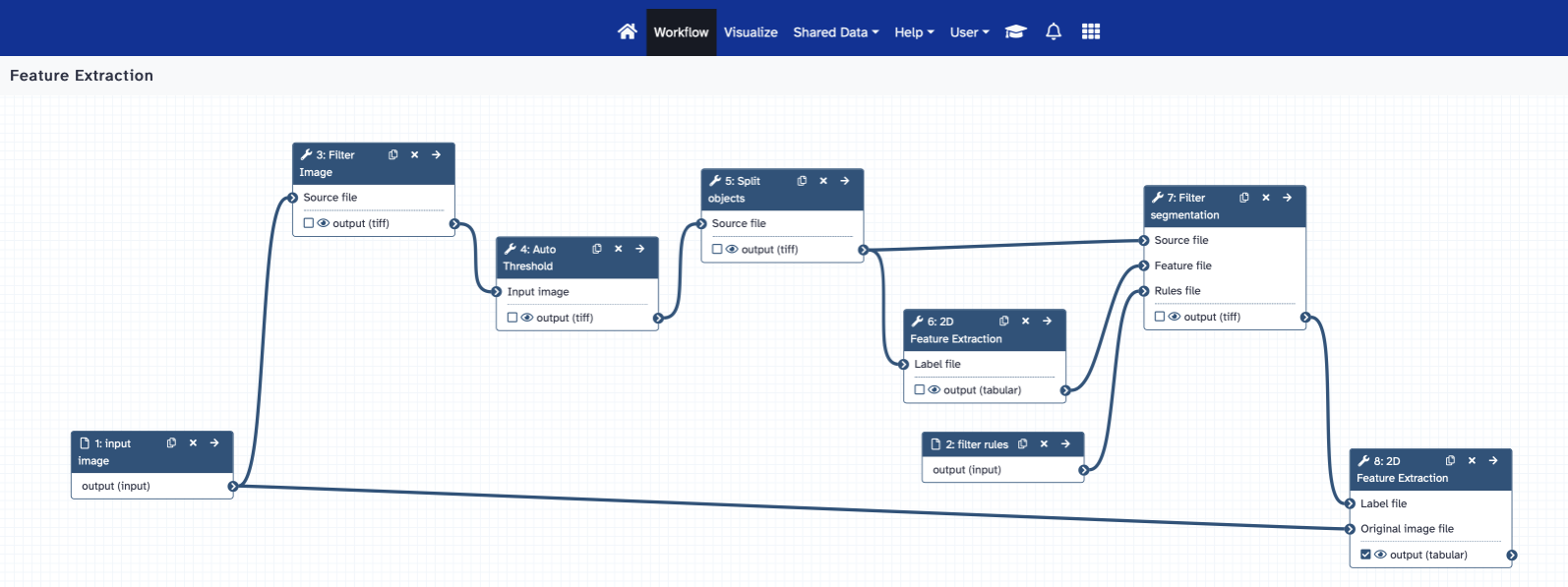Johanna: Leonid, can you provide an overview of the training course and its objectives?
Leonid: The main objective of the course is to provide an introduction to automated analysis of cell microscopy images using software tools. We will give an overview of the different image analysis tasks usually involved, such as image processing, feature extraction, segmentation, and colocalization. There will be lectures and hands-on sessions that will allow us to dive deeper into some of the topics.
Johanna: Could you explain the importance of automated processing of image data in the field of cell biology?
Leonid: Manually performing the analysis of cell microscopy images can be tedious and time-consuming. It often involves a lot of monotonous work, which is tiring and error-prone. Manual analysis can also be biased by background or opinions of the researchers performing the analysis. In contrast, using software tools for automated image analysis yields consistent results, which are reproducible no matter who applies them. Researchers also gain time to focus more on their actual field of research.
Johanna: How does the training course address the needs of participants with little or no experience in automated image analysis?
Leonid: We will start with the very basics of digital image analysis. From there on, we will introduce the different image analysis tasks, their motivations, and challenges. Finally, the participants will learn to use automated software tools to accomplish these tasks using example image data. No prior knowledge of automated image analysis or image analysis in general is required.
Johanna: What are some of the key software tools and platforms that will be introduced and utilized in the training course?
Leonid: We will use the desktop applications ImageJ/Fiji as well as a bunch of tools available in the Galaxy web platform. Both ImageJ/Fiji and Galaxy are open source and freely available.
 Johanna: Can you elaborate on the workflow systems for automated image analysis pipelines, such as ImageJ and Galaxy?
Johanna: Can you elaborate on the workflow systems for automated image analysis pipelines, such as ImageJ and Galaxy?
Leonid: The Galaxy workflow system allows us to combine multiple tools into a powerful image analysis pipeline. For example, the quantification of cellular properties such as the size of the nuclei and their eccentricity requires multiple steps of image analysis. These include preprocessing of the image data, the segmentation of the nuclei from the preprocessed images, and the extraction of the relevant features from the segmented image regions. For each step there is a corresponding tool in the Galaxy platform. These tools are combined into a pipeline, which is then used for automated quantification of cell microscopy images without having to use each tool by hand. We will cover this in a hands-on session.
Johanna: Are there any specific prerequisites or equipment that participants need to bring for the hands-on sessions?
Leonid: Participants should bring their own laptops. There are no restrictions regarding the use of Windows, MacOS, or Linux as the operating system of choice, as long as the participants are able to handle their computers confidently.
Johanna: What is the expected outcome for participants upon completing the training course?
Leonid: Our target group are researchers with little to no experience in automated image analysis. After completing the course, the participants will know how to perform basic image analysis tasks using automated software tools. They will also have learned how to build complex workflows by combining individual tools into powerful image analysis pipelines.
Johanna: Are there any follow-up resources or support available to participants after the training?
Leonid: Over the years, large and lively communities have developed around ImageJ and the Galaxy platform. Everyone should feel invited to join these communities (Have a look at https://forum.image.sc or https://galaxyproject.org/community/regional/). There is also lots of further training material freely available online for both ImageJ/Fiji and Galaxy, for example at https://usegalaxy.eu/training-material/.
